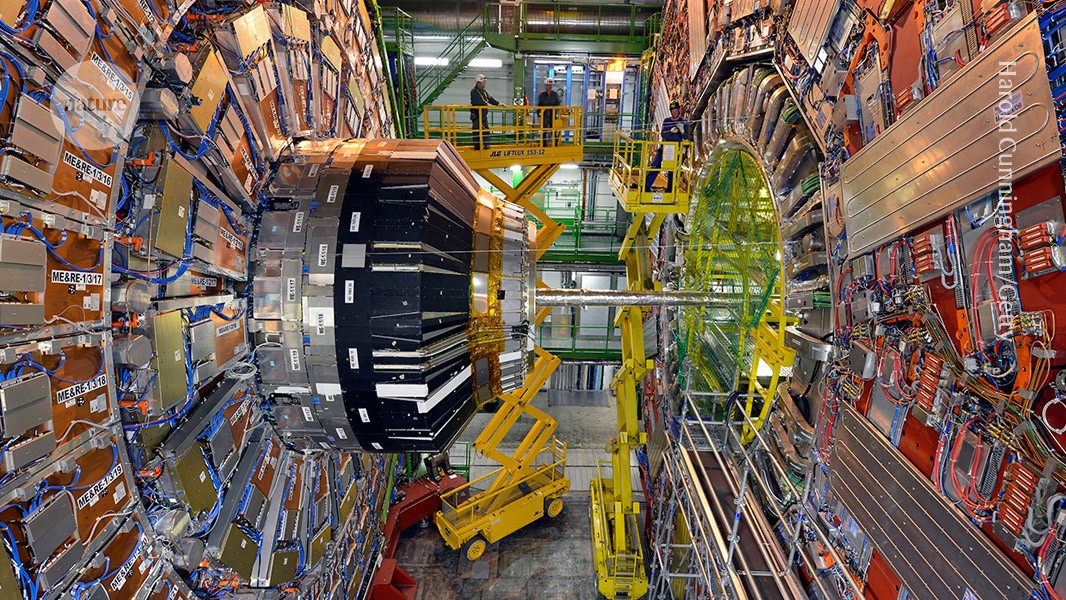
London saw a surprising benefit to fining high-polluting cars: More active kids
Restricting the volume of high-emitting vehicles roaming city streets carries many benefits, from clearing the air to quieting the urban din and beyond. Recognition of this simple fact has led to the proliferation of clean air zones, designated regions within a city where vehicles must meet strict pollution standards or pay a fee to operate within it. At last count, over 300 such areas had been established across Europe. In London, which boasts the largest ultra-low emissions zone in the world, a study has found a secondary benefit: Kids started walking and biking to school more.
In 2018 — the year before London’s rule took effect in the center of the city, and five years before the zone encompassed its entirety — researchers at the University of Cambridge and Queen Mary University saw in the impending policy an opportunity to conduct a natural experiment. They recruited children aged 6 to 9 and their families in central London and in Luton, a small city to the north, for a multi-year study to investigate how the program might affect a child’s health. Though research focused on understanding how lightening a city’s pollution load shaped the way young lungs develop, participants completed questionnaires alongside their annual health assessments. The responses allowed researchers to glean insights into their subjects’ activity levels, mental health, and other ancillary outcomes.
In the first of many papers expected from the study, the researchers found that, a year after the ultra-low emissions zone took effect, 2 out of every 5 London students in the study had switched from “passive” to “active” ways of getting to school. So instead of being chauffeured to school by their parents, the students started walking, biking, scootering, or taking public transit. On the other hand, in Luton, which acted as a control group, 1 in 5 made the same switch to modes that got them up and active, but an equal proportion switched to passive travel. But in London’s ultra-low emissions zone, shifting to driving was rare.

























